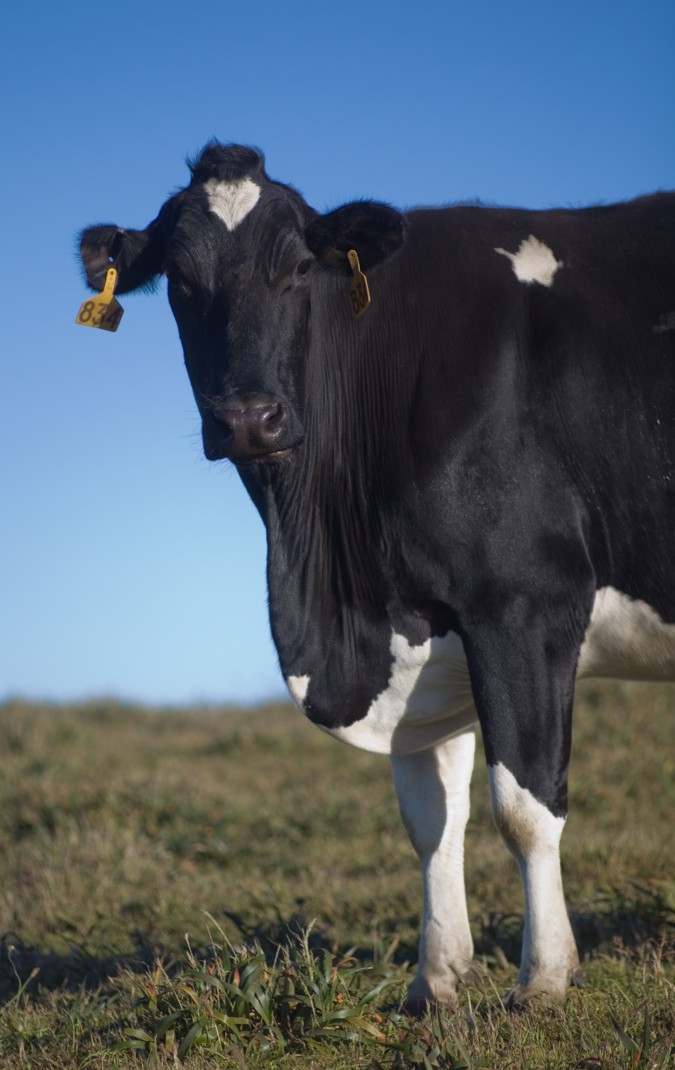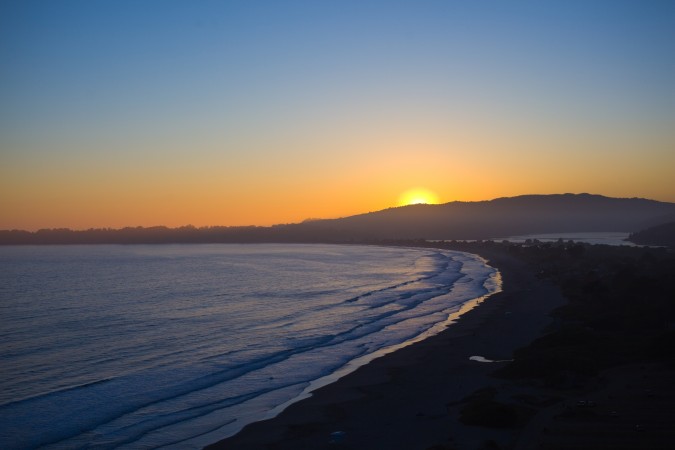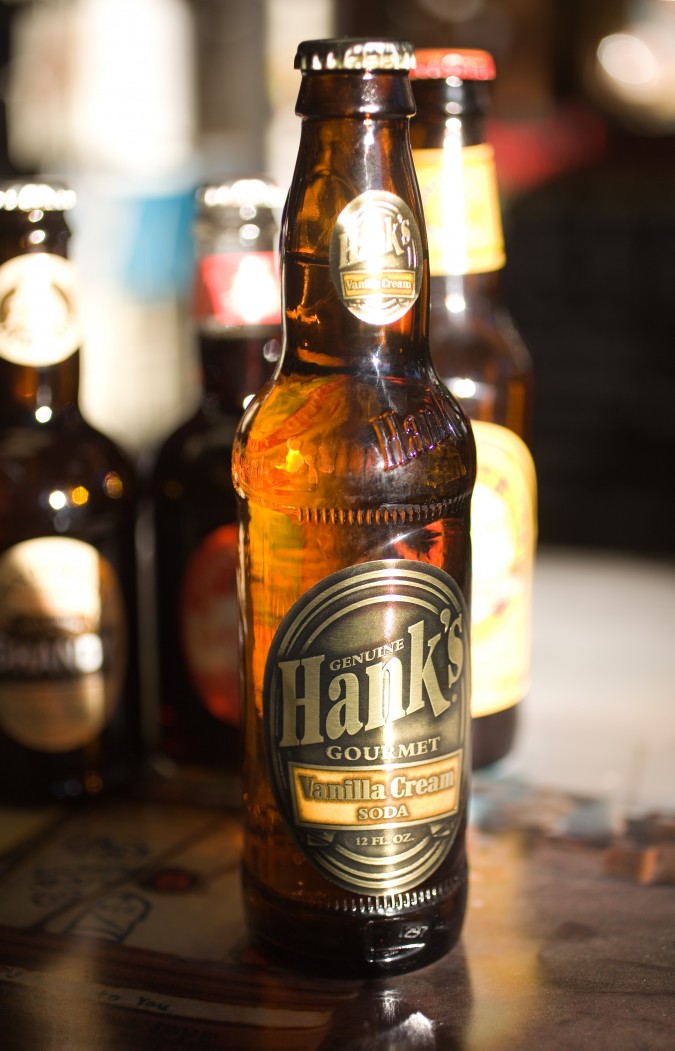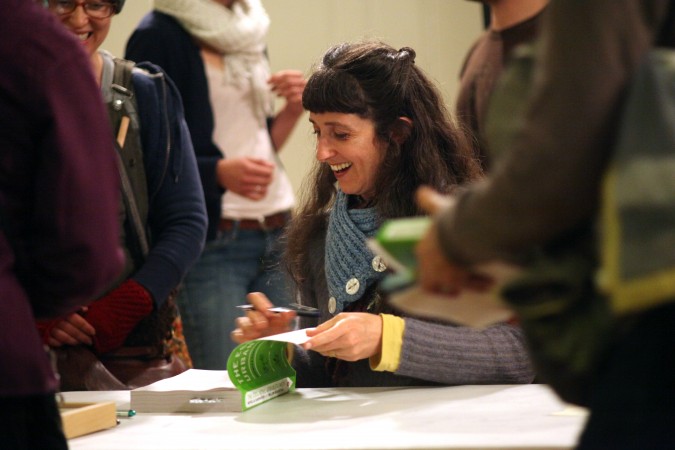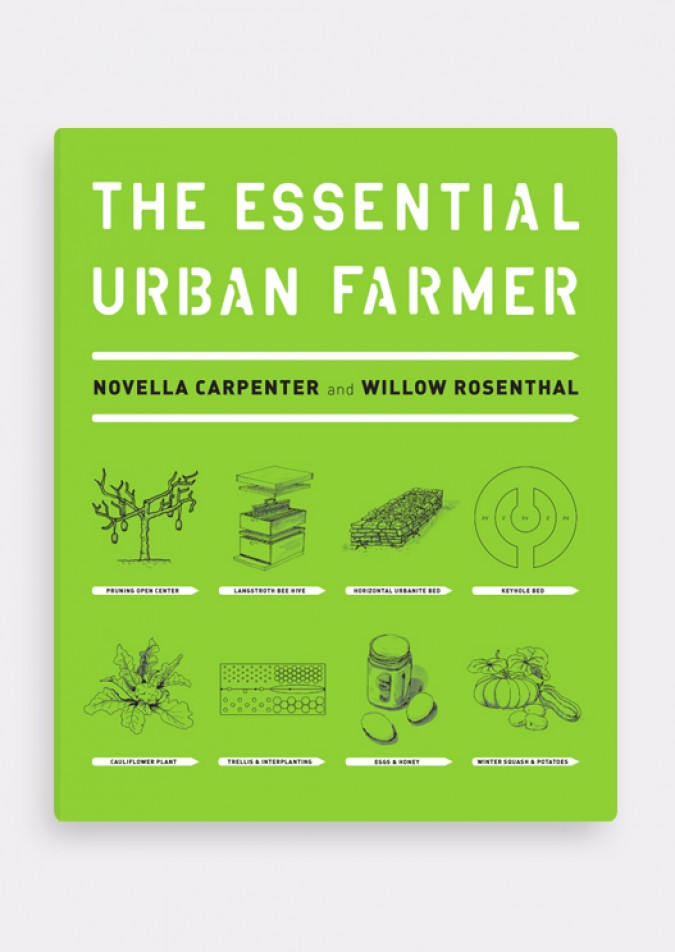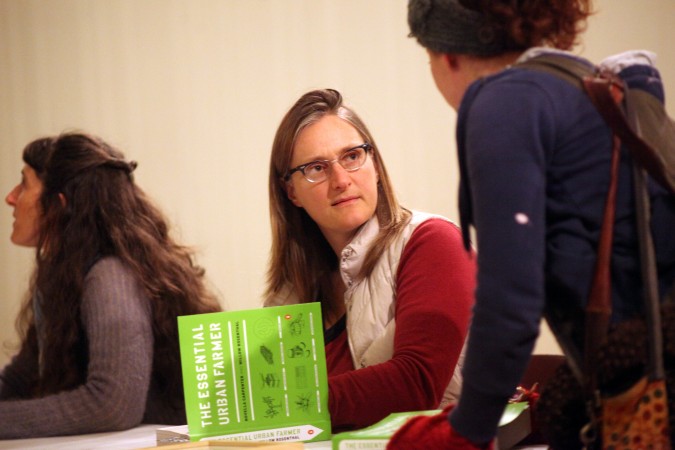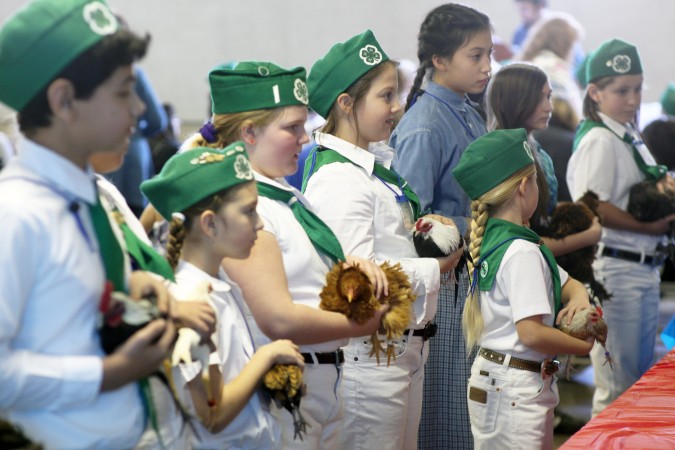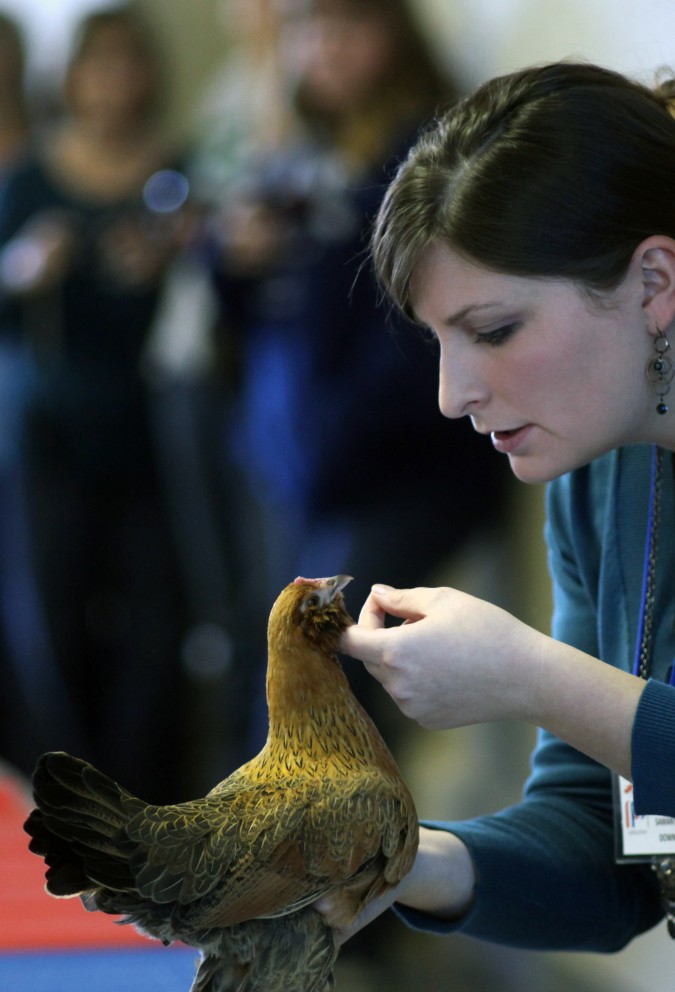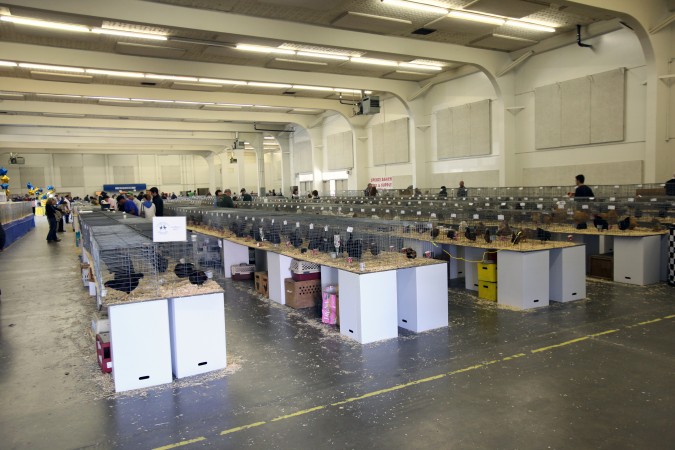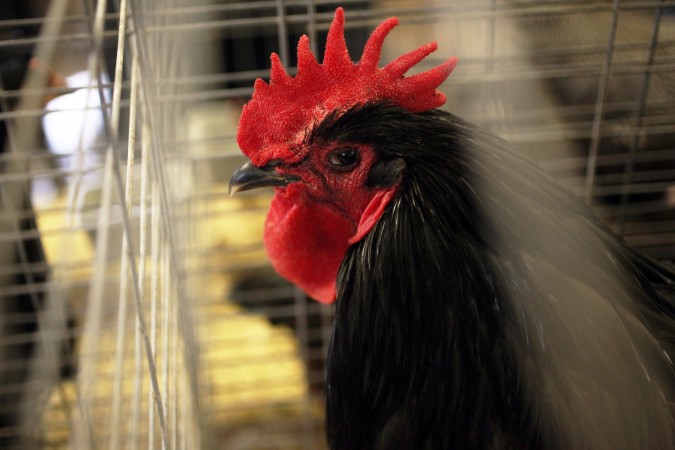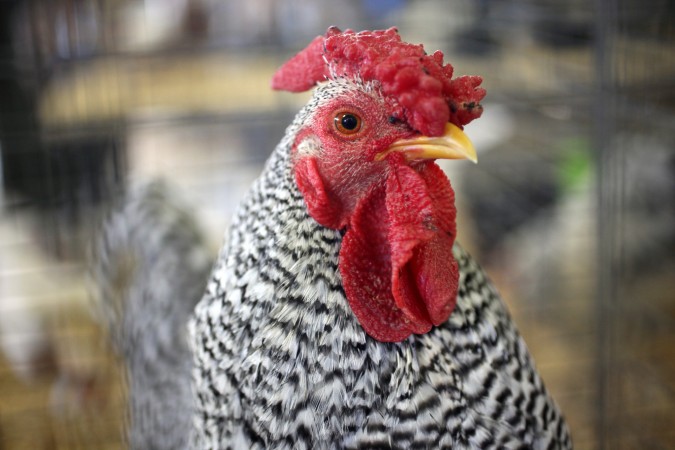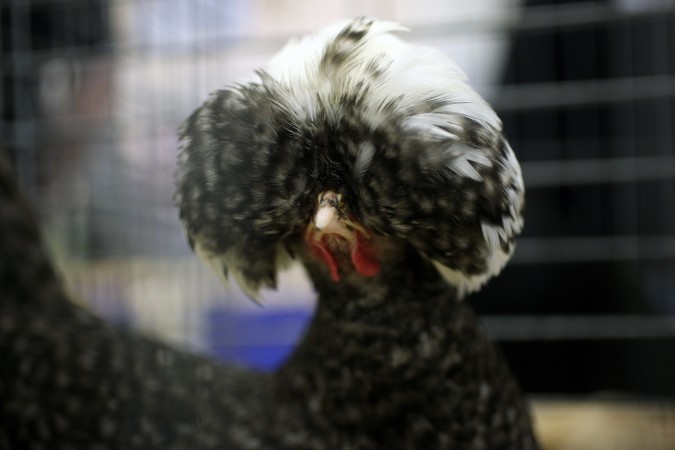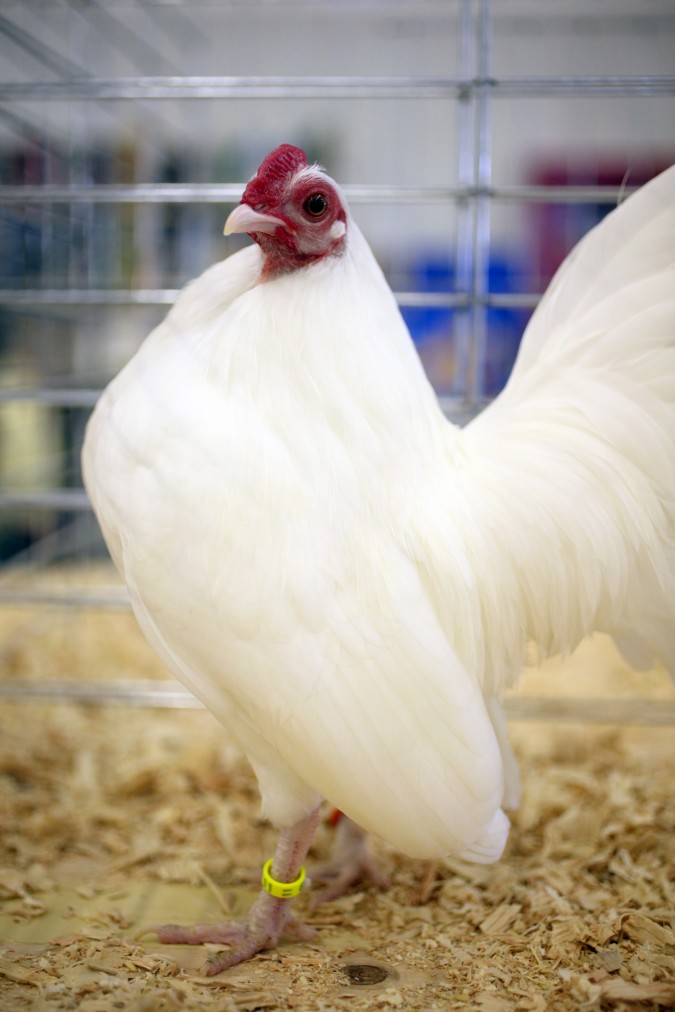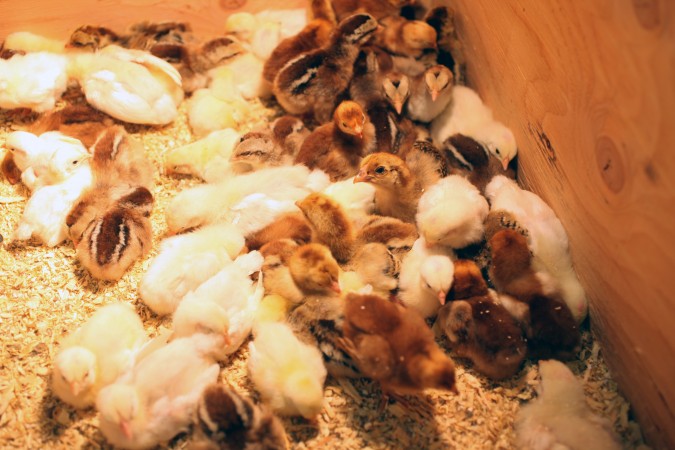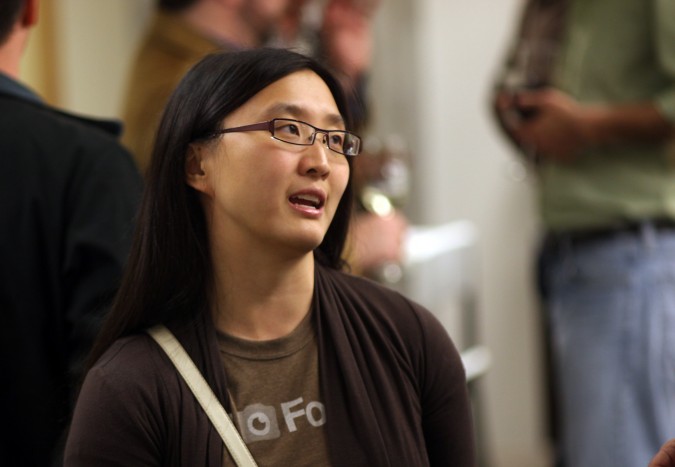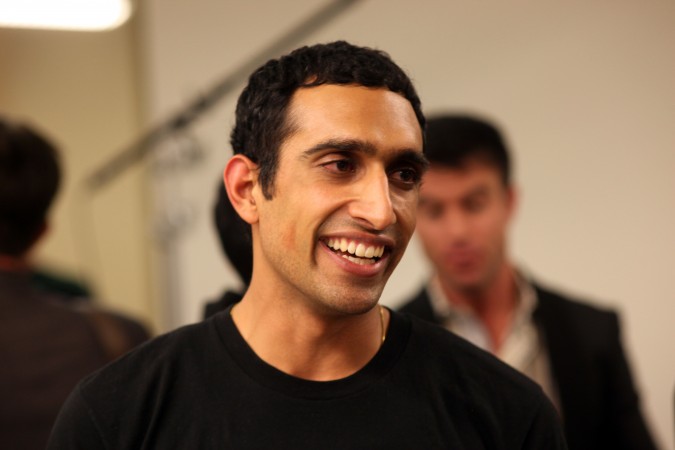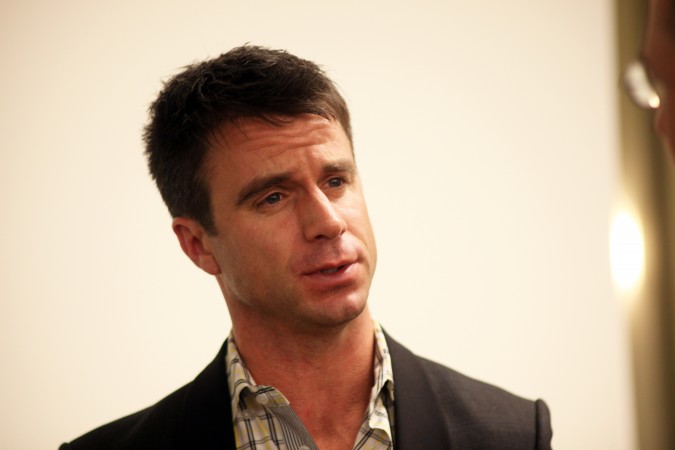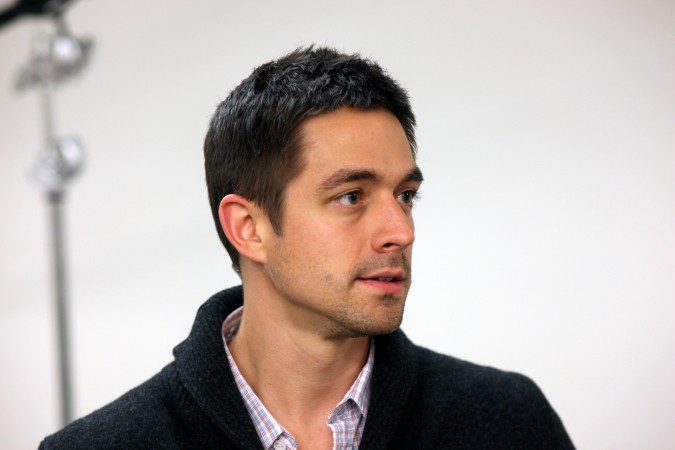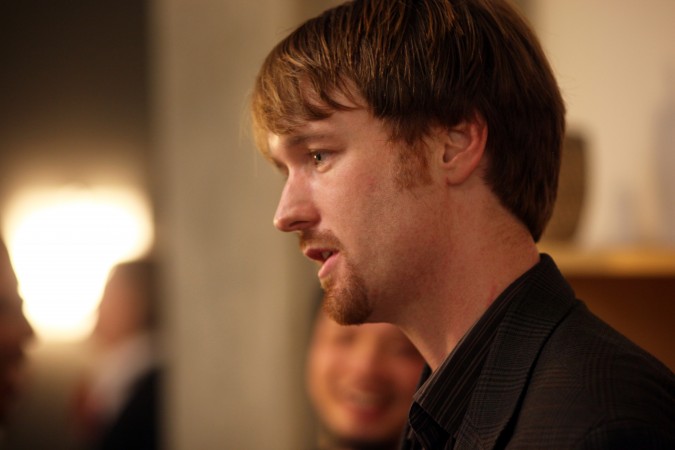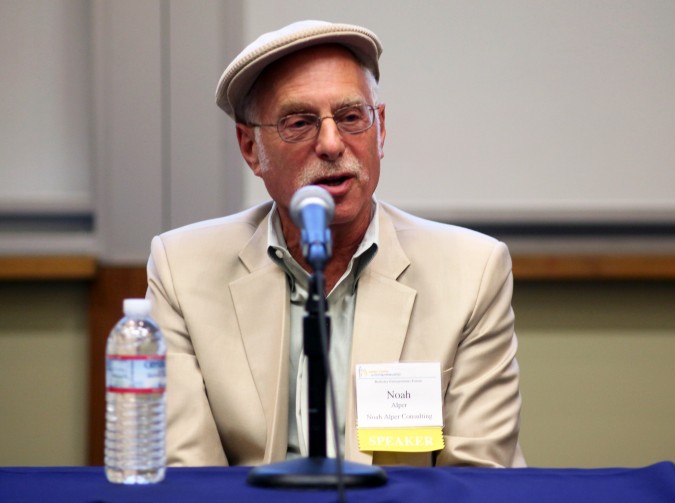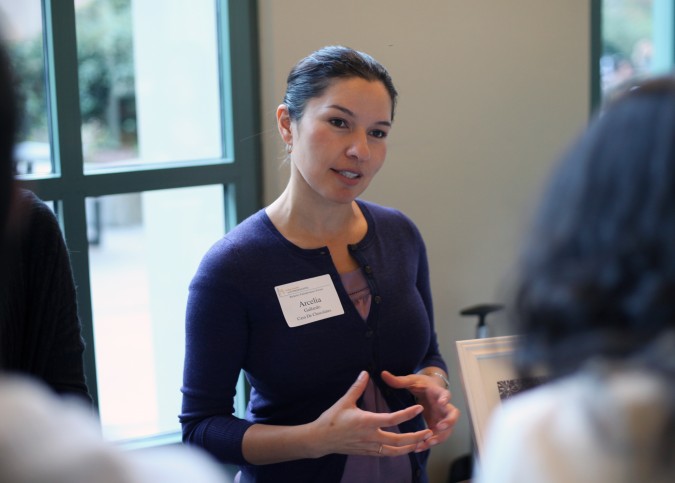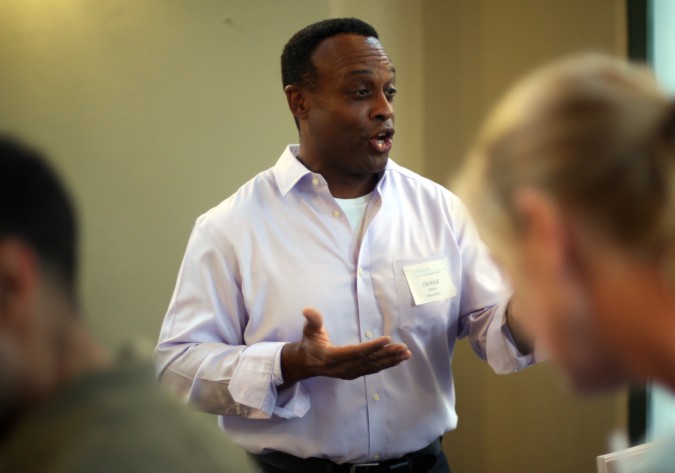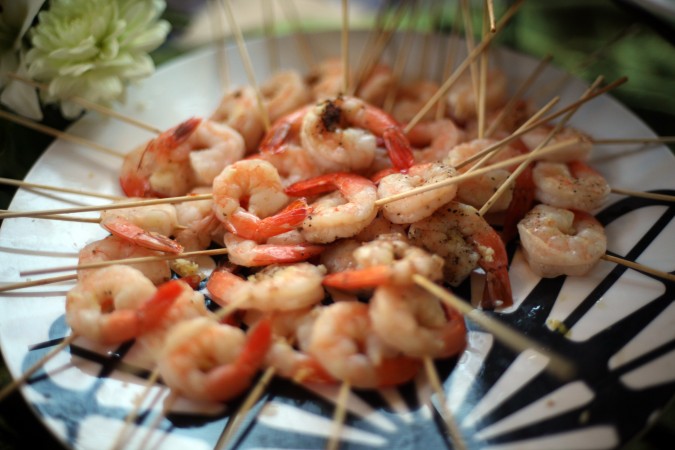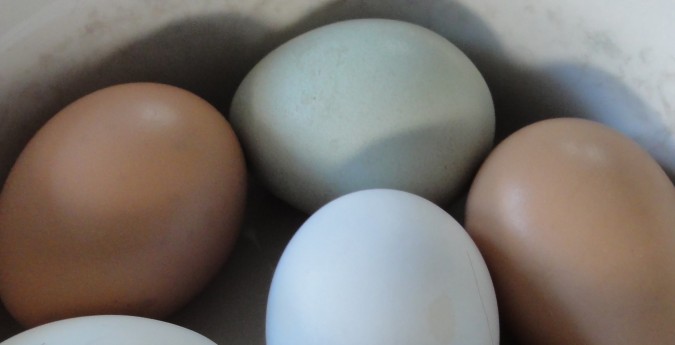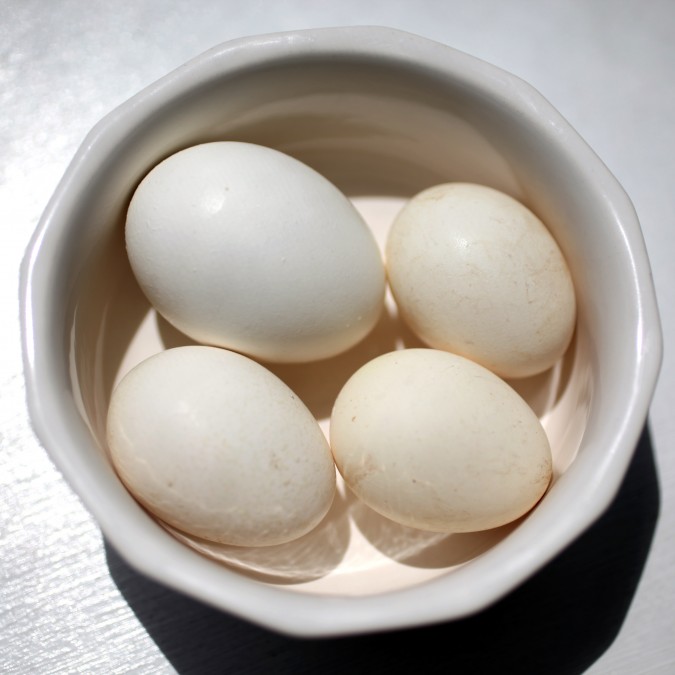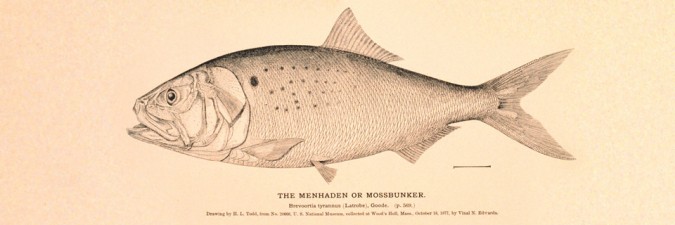Archive for the ‘Food’ Category
I finally visit Point Reyes, California USA
Yesterday, June 10, 2012 I took a drive to Point Reyes National Seashore, California USA from my home in San Francisco. Even though I moved to San Francisco from Chicago, Illinois after 9th grade in high school, I had never been to Point Reyes before. It’s not far from San Francisco, so I feel silly for waiting so long.
Sadly, I arrived at 5pm, but the walkway to the famous Point Reyes lighthouse closes at 4:30pm, so I didn’t get to touch the lighthouse. I did get to stand on the very windy peak above the lighthouse to take the photograph above. I estimate the wind was a constant 40 miles per hour while I was up there. According the the sign, winds have exceeded 100 miles per hour up there.
The lighthouse is not at the peak height because that would place it in the fog more frequently. The lower perch makes it more visible to passing boats and ships.
Amazingly, there are cattle ranches at Point Reyes, and the cattle at one ranch are not separated from the road by fences or even space. I was able to park and take this picture of a female cow.
Her name is 834.
I used the same Canon 135mm lens I use when I photograph female people. I asked my subject if she had any more flattering ear rings to wear other than the gaudy yellow pair she’s sporting here, but she ignored my remarks. I took dozens of pictures, just like I do on a photo shoot.
I drove home on California State Route 1, which for the most part follows the coast of California and is thus very twisty and is demanding of drivers. Just after the sun went down I took the shot above. The sun isn’t directly showing in this shot, which I enhanced in Adobe Photoshop to make it more dramatic. I don’t often photograph sunsets, but this one just presented itself.
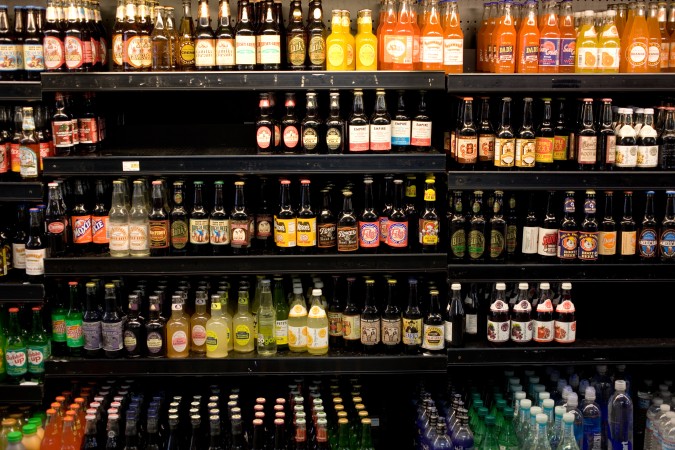
Exotic gourmet sodas for sale at The Inverness Store deli and grocery store in Inverness, California, June 10, 2012
Before I went to the lighthouse, I stopped at a charming grocery store and delicatessen in Inverness, California named simply The Inverness Store. This store is simple, but it is a treasure on the inside because it houses the most diverse collection of gourmet soda pop that I have ever seen in person. The photograph above shows about half of the selection offered, but this photograph shows dozens of flavors, such as Rhubarb soda and Huckleberry soda. I had one of each, and they were delicious. I don’t drink much soda anymore — only a few per week at the most. But when I do drink soda, I love these artisan products, which I have written about before on this blog.
In keeping with my new persona as a blogger, I introduced myself to the wife and husband team that own The Inverness Store — Nav and Raj Singh. I was so charmed with the soda selection that I came back around 7pm and asked if I could take some photographs. I asked if I could set up a still life, and Raj said that I may. I set up in the evening sunlight on a table just inside the front door. The low angle of the sun in the shot above bounced off the yellow label of the bottle on the right and penetrated the brown bottle of Hank’s Gourmet Vanilla Cream Soda in front, setting its contents aglow. The still life is arranged on a poster of a vintage school bus conversion from the 1960s, which the store had on sale for just USD $5.00 each. Since I love buses, this setting just felt right.
After I completed my photographs, I chose a bottle of Huckleberry soda to drink on my drive home, and when I went to pay for it, Nav gave it to me. That’s the first gift I’ve received as a blogger, and it made my day. Thank you Nav and Raj!
As usual, I uploaded these pictures at full resolution. Click on the pictures to see the full size versions, which are larger than your screen, even if you have a new Apple MacBook Pro with a Retina super high resolution display (over five million pixels), which was announced to the world today in San Francisco at the Apple Worldwide Developers Conference. I upload my pictures at 21 million pixel resolution.
Novella Carpenter and Willow Rosenthal discuss their new book entitled The Essential Urban Farmer
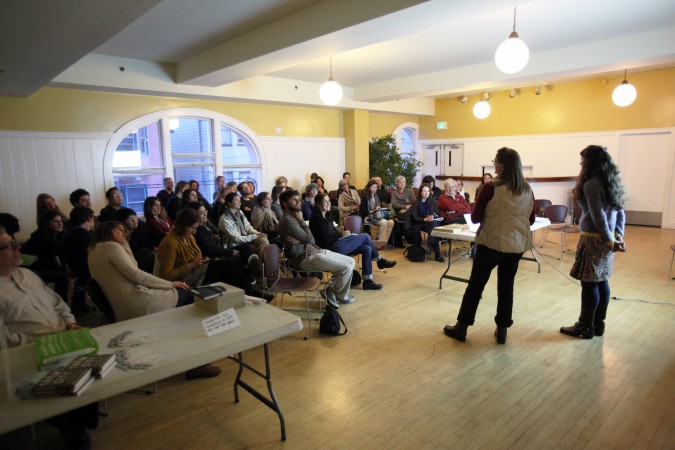
The Essential Urban Farmer book introduction 'Meetup' event February 29 2012, San Francisco, California
One of my favorite authors, Novella Carpenter, has a new book out. It was released December 27, 2011 by The Penguin Press.
Novella Carpenter and her friend Willow Rosenthal wrote The Essential Urban Farmer. This detailed how-to guide for individuals with or without farming experience looks destined to become a classic on the subject of urban farming.
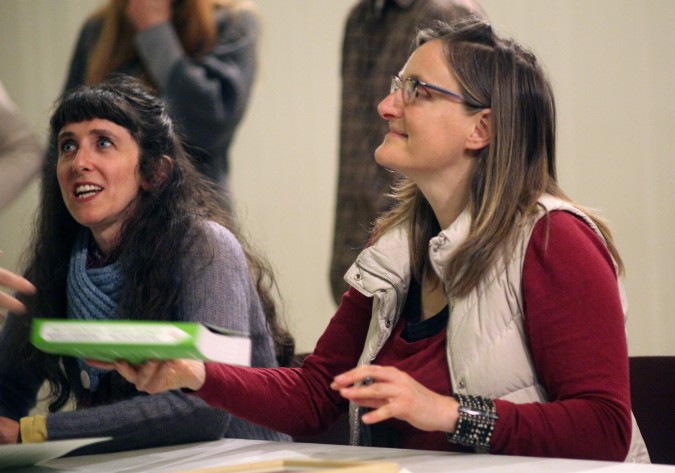
Willow Rosentha and Novella Carpenter February 29 2012 signing their book The Essential Urban Farmer
At 592 pages, Carpenter joked that the book is so heavy you can use it as a doorstop if needed.
Rosenthal and Carpenter gave a one hour talk this evening, February 29, 2012, at The Women’s Building at 3543 18th Street, No. 8, San Francisco, California 94110 USA. I was familiar with most of what Rosenthal and Carpenter spoke about. Nonetheless, it was fantastic to see them speak and answer audience questions.
Willow Rosenthal founded City Slicker Farms in Oakland, California USA, near San Francisco.
Novella Carpenter began her part of the talk with her infant baby girl nursing from a sling around her shoulder. I had been planning to capture video of her remarks, but I decided that was inappropriate with her baby feeding. After several minutes of talking, she asked a friend to take care of her baby, as I suspect it was just too distracting trying to address a room full of people and feed her baby simultaneously. Carpenter joked that at The Women’s Building the women all sit around breast feeding babies all day.
By that point, I recognized the light was too dim and the conditions too contrasty for a video to be any good. Carpenter was standing in front of a brightly lit video screen, so her face was dark. I decided to skip the video, except for a short clip I shot from the doorway to the room, showing Carpenter, Rosenthal and the audience together, with Carpenter answering a question about bee keeping.
Rosenthal and Carpenter spent three years writing this book so they could each reduce the perpetual effort they were exerting answering the same questions from their fans. Presumably they now can respond to emails seeking urban farming how-to information by saying “read the manual.” It’s a neat trick they’ll make some money along the way. I very much admire that Willow Rosenthal and Novella Carpenter have created. Learning to become self sustaining is valuable, and I predict this book will do well commercially and will expand the networks of Carpenter and Rosenthal dramatically. The audience for this book strikes me as different from the audience for Carpenter’s first book, Farm City, which was her delightful and captivating story, not a how-to guide.
As far as I can tell, The Essential Urban Farmer is Rosenthal’s first published book.
The Essential Urban Farmer covers growing vegetables, fruit trees, rabbits, ducks, chickens and goats. It also covers bee keeping.
The guide has lists of vendors for supplies and information. It turns out there are sellers of bee keeping supplies right in San Francisco. I learned that San Francisco is a great place to keep bees because there are so many types of vegetation here, more so than on a farm in the country, where large expanses of single crops are more common. I learned that bees can and are willing to fly five miles each way to put in their days’ work.
They don’t call them ‘worker bees’ for nothing.
I would be exhausted if I had to walk five miles each way to work each day.
Something tells me bees work 365 days a year. Maybe that’s why colonies are collapsing. I sure would if I tried to work that much. I’m making a joke here, of course. Colony Collapse Disorder looks to be a dramatically serious problem.
I came away with an idea for my super green eco bus conversion project. Fruit trees can be trained to be mostly two dimensional. This is done so trees can hug the sides of houses and fences, to save space. But it means I might be able to grow a dwarf apple tree behind my sofa on my coach with the flat side of the tree parallel to the window over the sofa. It would be crazy to be able to reach overhead and pluck an organic apple while reading The Essential Urban Farmer parked by the waterfront and warmed or cooled by the solar panels on the roof.
I told Rosenthal and Carpenter the short version of my plans for my eco vehicle, and they thought it was cool or they were great actors. I first met Novella Carpenter when she spoke at The Commonwealth Club of California January 25, 2011. Carpenter remembered meeting me back then, which was flattering.
Perhaps through the authors of The Essential Urban Farmer I will meet the adventurous souls I am seeking to take my eco bus on the road to spread the word about urban farming and homesteading.
The Essential Urban Farmer has three reviews on Amazon, and they are all five star ratings. Here is what reviewer Reckless Reader had to say:
“This book is the REAL DEAL — Novella and Willow are REAL urban farmers. You can read about it all in Novella’s Farm City, her memoir of taking a rasty vacant lot in funky ghetto West Oakland, California, and turning into a real urban farm — with vegetables, chickens, killer eggs, rabbits, and even, eventually a pig. That book made me wonder if I could really do this kind of thing out in my sprawling backyard. Even though I dont know jack-diddly, really, about how to farm. And you know what — this new book really tells how to do it, from how to pick land (near water, for instance, at least near a hose…), get the right to use the land, and then how to get the soil ready, how to get the right seeds, right through how to kill simple farm animals for food every now and then. It’s fun to read even if you dont want to go the length, but it seems like I am going to be able to do everything I want to do in my backyard, using just this one total REAL DEAL ‘how to’ guide to it all. Wow!”
I took the photographs above at the book signing Rosenthal and Carpenter conducted after their remarks.
I shot these pictures with my Canon 5D Mark II camera set at ISO 5,000. The lighting conditions were poor, and I needed all the light sensitivity I could get. I am pleased with the quality of the images considering how dark it was in that hall. I uploaded the pictures at full resolution. Click on them to see them at their full 21 megapixel resolution.
Janet Hansen designed the cover for The Essential Urban Farmer. I got the photograph of the book from Hansen’s website, which is worth visiting, as she’s a very talented designer.
Pacific Poultry Breeders Association show in Stockton, California – January 28, 2012
I attended my first chicken show on Saturday, January 28, 2012.
The annual winter show was put on by the Pacific Poultry Breeders Association.
I bought my first almost show chicken at this event. It is an almost show chicken because it was in the barn where the runners up to the main ‘beauty pageant’ were displayed.
I paid a whopping USD $40.00 for the chicken I brought home. That’s a lot because at Western Farm Center in Santa Rosa, California, where I buy organic feed, you can buy a perfectly attractive chicken, fully grown, for USD $14.00.
My cousin Cynthia Christensen alerted me to this show and invited me. I am so glad I made the four hour round trip drive to the San Joaquin County Fairgrounds in Stockton, California from my house in San Francisco, California, USA.
Christensen recommended I bring my camera, and I am so thankful I brought my good camera, a Canon 5D Mark II with a 50 mm macro lens that’s ideal for close up chicken portraits. I shot the portraits with the aperture wide open to blur the background. I used only available light, so I had to set the ISO to 1600 for many of these shots. I uploaded these pictures at full 21 megapixel resolution. Click on the individual pictures to see the much larger full size version.
Samantha Downey, below, was one of the judges at the show. She judged the competition for the sharply uniformed 4-H youth shown above waiting their turn to present their birds to Downey.
This is a small excerpt from the WikiPedia entry on 4-H:
“4-H in the United States is a youth organization administered by the National Institute of Food and Agriculture of the United States Department of Agriculture (USDA), with the mission of “engaging youth to reach their fullest potential while advancing the field of youth development.”[1] The name represents four personal development areas of focus for the organization: head, heart, hands, and health. The organization has over 6.5 million members in the United States, from ages five to nineteen, in approximately 90,000 clubs.[2]
The goal of 4-H is to develop citizenship, leadership, responsibility and life skills of youth through experiential learning programs and a positive youth development approach. Though typically thought of as an agriculturally focused organization as a result of its history, 4-H today focuses on citizenship, healthy living, science, engineering, and technology programs.
Today, 4-H and related programs exist in over eighty countries around the world; the organization and administration varies from country to country. Each of these programs operates independently, but cooperatively through international exchanges, global education programs, and communications.
The 4-H motto is “To make the best better”, while its slogan is “Learn by doing” (sometimes written as “Learn to do by doing”).”
I saw other judges walking around the huge barns stopping at each cage to record information to a clipboard. The judges had their work cut out for them. The barn below contains just the runner up chickens.
Below are some of the portraits I took of some of the shockingly interesting chickens on display. Most of these shots were taken between the wire rungs of their cages, which was definitely not ideal.
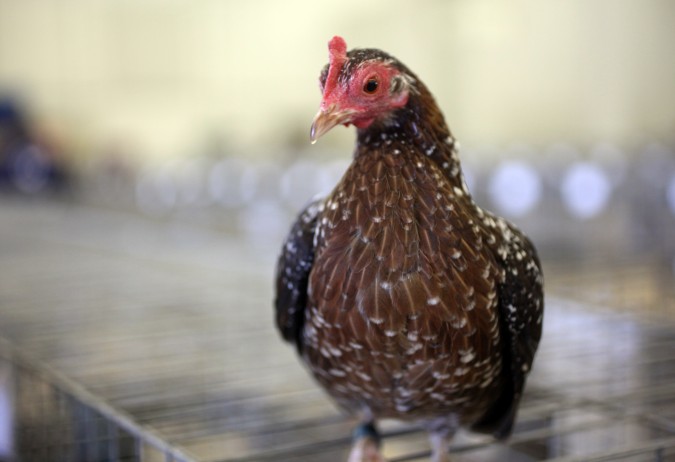
Contestant at Pacific Poultry Breeders Association show, January 28, 2012. This bird is owned by Mike Hallock, a friend of my cousin Cynthia Christensen.
I had a really fun time at this show. I never would have imagined just a few years ago that I would like this kind of show.
To conclude, here’s a picture of dozens of chicks for sale, at USD $5.00 each.
Elsie Battaglia’s 100th birthday party at The Original Pancake House in Portland, Oregon
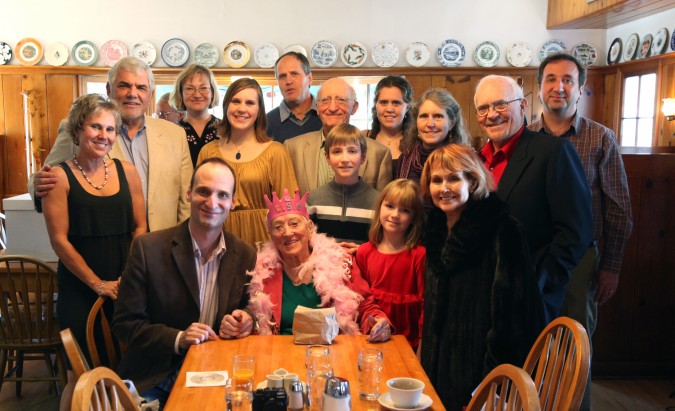
Elsie Battaglia's 100th birthday party at The Original Pancake House, 8601 SW 24th Avenue, Portland, Oregon, USA, December 12, 2011
This morning my young at heart grandmother Elsie Battaglia celebrated her 100th birthday party. She was born on this day in 1911! Seventy five of her friends and family joined her at The Original Pancake House. Battaglia has been friends with the proprietors of this business since 1950.
In the photo above, I’m sitting to the left of my grandmother.
Food Startups panel discussion at SOMA Central in San Francisco
On Wednesday, November 16, 2011 I attended a fascinating panel discussion entitled Food Startups. To learn more about Food Startups, follow @foodstartups on Twitter.
The panelists were:
- Rob LaFave, Founder and CEO of Foodzie
- Nikhil Arora, Founder of Back to the Roots
- Alexa Andrzejewski, Founder and CEO of Foodspotting
- Rajat Suri, Founder and CEO of E la Carte
- Nate Gallon, Partner at Wilson Sonsini Goodrich & Rosati, PC
- Ananda Neil, Founder of Artisan Growers and Producers
The moderator was Wade Roush, Chief Correspondent at Xconomy and Editor of Xconomy San Francisco.
Food Startups was organized by my friend Matthew Wise, who invited me. Wise is a busy man — he’s running two startups — FounderLY and TableSlice.
Wade Roush was the moderator.
Wade Roush was a staff member at MIT’s Technology Review (a very good magazine my father gave me a subscription to for my birthday on October 6th), serving multiple roles, including senior editor, San Francisco bureau chief and executive editor of the magazine’s TechnologyReview online presence. Roush was also the Boston bureau reporter for Science magazine and managing editor of supercomputer publications at NASA Ames Research Center. Roush graduated with honors in the history of science from Harvard University and earned a PhD in the history of science and technology from MIT.
Wise gathered a panel that is the equal of panels I’ve seen at the MIT Venture Lab series held at Stanford University. In other words, simply outstanding.
I captured the entire panel discussion to video, and I have embedded it here.
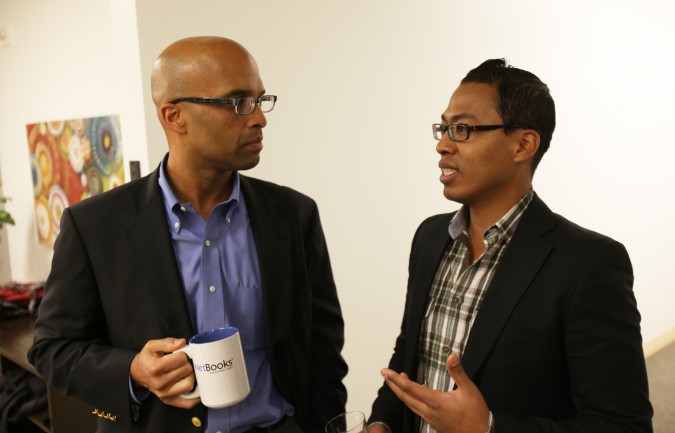
Nate Gallon, partner at Wilson Sonsini Goodrich & Rosati, and Matthew Wise, Food Startups organizer, November 16, 2011
Since the video is available, I will reserve my written remarks for the most entertaining highlights of the evening.
The most remarkable startup story was that of Nikhil Arora. Arora founded a food company that is brilliant. It’s called Back to the Roots. Their product is mostly recycled trash I presume they either get for free or are paid to take away. Sounds unappealing you say? It’s not. Back to the Roots gathers tons and tons of used coffee grounds from San Francisco Bay Area coffee shops and resells the grounds to consumers for about USD $8.00 a pound.
That’s not much less than the coffee cost before it was earlier flooded with hot water to make coffee.

Matthew Wise, Food Startups organizer, and Wade Roush, Chief Correspondent at Xconomy and Editor of Xconomy San Francisco. November 16, 2011.
The secret sauce is that Back to the Roots adds mycelia to the coffee grounds and then boxes up what others consider trash in attractive boxes that when opened form the container for the buyer’s mini mushroom farm.
The farm is started by opening the box and misting the grounds with water from a tiny 1 ounce spray bottle that’s included with the kit. After misting twice a day for 10 days, the first harvest is ready, and one box can be harvested multiple times until a pound and a half of oyster mushrooms have been picked. Then the unbleached cardboard box and the grounds can be recycled. Genius.
The founder is a Haas School of Business graduate that knew nothing about the food business when he started in 2009. His company now operates a 10,000 square foot warehouse and his mushroom growing kits are for sale at Whole Foods Markets and Home Depot. Those are two customers not frequently paired in the same sentence.
Arora had the approximately 50 people in attendance enthralled when he described an early sales visit to a Whole Foods Market grocery store. Without an appointment, he brought in a plastic bucket of used coffee grounds and somehow captured the attention of the rank-and-file worker (whoops… associate) he first walked up to. He was ushered in to meet with a manager and an order flowed from that bold move. I found it to be an inspiring and moving story.
This Food Startups event was sponsored by:
- Artisan Growers and Producers
- Six Finger Films
- Tony Chen Productions
- FounderLY
The stories of the other panelists were fascinating as well. Please watch the video. I’m sorry I don’t have the time to write detailed summaries of the other fine and worthy companies.
Entrepreneurs are rewarded for being bold and outrageous.
Read about Justin Yoshimura of 500friends for another example.
Here’s what Steve Newcomb of Founder School says about Yoshimura:
“I thought I had met some tenacious people in my life, but Justin is ridiculous. In some super weird, proud way, he reminds of some little mangy dog that bites your leg and just won’t let go. If Justin decides he’s going to do something, he’s going to do it, no matter how scrappy he needs to be to get the job done. Keep going you scrappy little dog… make us proud.”
Another bold and outrageous entrepreneur sadly passed away recently, and this seems a fine place to focus additional attention on his remarkable life.
Andreas (Andy) Sæbjørnsen is the co-founder of the two startups Matthew Wise is working on, FounderLY and TableSlice.
I took all the pictures and video for this and posted the pictures at full 21 megapixel resolution. Click on the pictures to see the full size versions.
While I was researching Nikhil Arora for this post, I discovered his TEDx appearance where he talks about his urban mushroom farming enterprise Back to the Roots. I embed the video of the talk below, since I think it’s worth watching. Enjoy.
If you enjoy my posts, please share them on Facebook or Twitter. Also, please consider subscribing by filling in your email address in the box in the upper right corner of this page.If you want to use the pictures from this site, I’ll probably let you, so just ask.
Additionally, I want to become a public speaker and guest columnist. If you have an opportunity to offer for either, I’d love to hear from you. You can find me on Facebook and Twitter.
Finally, please leave a comment and friend me on Facebook if what I write resonates with you. Thanks!
Food Entrepreneurship: Surviving the Recession – Strategies to Remain Profitable in Hard Times
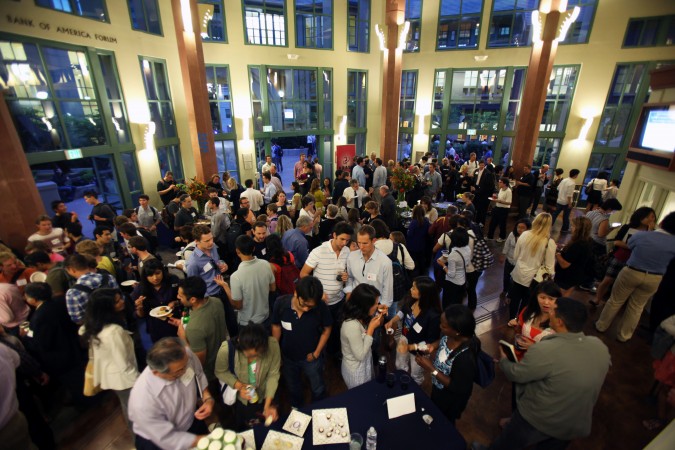
Networking hour at the Berkeley Entrepreneurs Forum, September 22, 2011. Photograph by Kevin Warnock.
The Lester Center for Entrepreneurship has been hosting The Entrepreneurs Forum for about 20 years. I have been attending the forums for about 19 years. I have written occasionally about some of the events, such as when the finals for the Berkeley Business Plan Competition are held.
I have never tried to simply write about each forum to spread the word about what goes on there. I am a big fan of the forum, and I like to blog, so you would think it would have occurred to me to blog about each forum. But I didn’t think to start regular blogging about the forum until yesterday afternoon, hours before the forum last evening.
I brought my Canon 5D Mark II DSLR camera and shot some stills and video. I uploaded the stills at full resolution. Click once on a picture to present it alone on a webpage, and then click a second time to enlarge the picture to full 21 megapixel size.
The title of the forum this month was Food Entrepreneurship: Surviving the Recession — Strategies to Remain Profitable in Hard Times.
Here’s the description of the event from the website of the forum:
“The Bay Area is home to many innovators in the food industry. Each year, new food start-ups crop up at the ready to take their products to market. It is a notoriously competitive industry, made more difficult in a down economy. Come hear from Noah Alper, the Founder and former CEO of Noah’s Bagels, and in-the-trenches executives of food companies as they discuss lessons learned in the challenges of a down market and how their companies have responded to them.
The evening will also include a special networking hour, prior to the panel, featuring displays from some of the Bay Area’s most beloved, as well as up and coming food companies including 18 Rabbits Granola & Bars, Alicia’s Tamales Los Mayas, Bridge Brands Chocolate, Casa de Chocolates, Fava, Slow Girl Foods and Sukhi’s Gourmet Indian Foods. [note I removed one of the companies linked to from the forum website because there appears to be a technical problem that needs to be fixed before visiting.]”
This session sold-out Andersen Auditorium last year and is not to be missed for anyone interested in the business of food!”
There were perhaps a dozen food businesses in attendance. To promote their products, each business set up a table in the Bank of America Forum, the large lobby area outside the Anderson Auditorium where the forum programs are usually held. The food was delicious and photogenic.
The panelists Bob Burke, Joel Gott and Noah Alper were engaging and entertaining. I learned a lot about the restaurant business, a business I knew little about before this forum. The panel was moderated by Greg Beattie, a Partner at MBV Law.
I was surprised to hear Burke give what I thought was a good word for Groupon, a company I don’t think much of. He said it’s expensive but it drives instant traffic into restaurants.
All the panelists were very bullish on social media. Burke said traditional media like print and radio has mostly been supplanted by social media. Burke advises some fancy restaurants. I was surprised social media is now so important to costly restaurants.
Perhaps the most famous panelist was Noah Alper, the founder of Noah’s New York Bagels, which he built into a chain of 38 stores before he sold them in 1995 for USD $100,000,000.00. Noah’s Bagels is an institution in the San Francisco Bay Area where I live.
Alper warned against giving out free product to drive store traffic. He said Noah’s Bagels tried that once and their stores were overrun with guests for the day of the promotion. However, he said traffic died back down to exactly normal just a few days later. The result was they had given away a ton of bagels for free with nothing much to show for it.
Gott said that the employees his businesses are able to hire during this recession are truly outstanding compared to during the original dot com boom in the late 1990s. He said they get stacks of resumes from great candidates. He said employees in San Francisco cost him 5% more than elsewhere, a figure I was surprised by since the City requires restaurants to provide sick days and health coverage, unlike almost all other jurisdictions in the United States.
I met and spoke with the founders of two of the exhibiters:
Casa De Chocolates — Arcelia Gallardo, chocolatier and owner — casadechocolates.com
I was drawn to Gallardo’s chocolate display by the sparkly sheen of the shiny smooth half spheres of rich chocolate. The sparkles were reminiscint of metalic automobile finishes — I’ve never seen such beautiful chocolate before. I spoke for a few minutes with Gallardo, and she told me how she got into the chocolate business. Sadly, I didn’t write any notes, and over the excitement of the rest of the night I forgot what she said. Here’s what the ‘about us’ page of her company’s website has to say about Gallardo:
“Arcelia Gallardo, owner and chocolatier, is passionate about pre-Columbian culture, chocolate and food. She started the company after graduating from UC Berkeley while working at the Le Cordon Bleu culinary school in Pasadena and has received training from world renowned pastry chefs Ewald Notter and Andrew Shotts. She was also a chef instructor at the Summer Cooking Academy in Los Angeles where she taught children and teenagers to work with chocolate.”
Derrick Sky — Mr. Derrick Jones, owner — www.derricksky.com (note that you must prepend ‘www.’ to derricksky.com or the website won’t load)
Derrick Jones started Derrick Sky in 2009 after he almost died due to his undiagnosed food alergies. I tried all of his company’s products on display without knowing the story behind them. The products were apparently all vegan, delicious, inventive and scrumptious. It turns out they are perfect for those with allergies. I normally avoid gluten free products since I’ve assumed they sacrifice taste. But Jones’ products were really tasty, and I wasn’t aware I was eating something special for those with restricted diets.
The Berkeley Entrepreneurs Forum is captured to video by a professional videographer. The full video is typically posted to the Lester Center website a couple of weeks after each forum. The official videos don’t include two key parts of each forum — the networking hour and a sequence of short ‘elevator pitches’ called ‘the numbers.’ I made a recommendation last evening to the videographer that he begin taking video of the elevator pitches. I think these pitches are part of what makes the forum special. I am fond of these pitches because I was a ‘number’ in early 1999 and I raised money for my first Internet company as a direct result of that pitch. I think these pitches should receive a wider audience than just those in the room, which is why I have decided to capture and publish them until the forum itself takes over, if ever. Note that I will be very upset if these videos are ever used to get somebody in trouble. The Berkeley Entrepreneurs Forum is a small gathering of smart people. If people ask for something in a pitch, please don’t give it to them casually. Investigate carefully, and be sure to comply with rules of the relevant authorities, such as the United States Securities Exchange Commission. By posting this clip and ones like it in the future, I do not intend to make any public offering, and I do not intend any harm to any presenter. I do not know any of the ‘number’ presenters.
[Note: I am a member of the Advisory Council for The Entrepreneurs Forum but I am writing here as a private citizen. The views I express here are my views alone, and I do not represent the Advisory Council, The Entrepreneurs Forum, The Lester Center for Entrepreneurship, the Haas School of Business or The University of California.]
My backyard chickens are producing two eggs a day
My San Francisco hens are producing two small eggs per day, both of them white in color. One of my chickens is supposed to produce green or blue eggs. I am looking forward to making green eggs and ham!
Until my grandmother Elsie Battaglia showed me actual green eggs a few years ago, I didn’t know they existed. I thought the famous book by Theodor Seuss Geisel just had a funny title.
Cooking chicken eggs from my urban homestead for the first time
This morning I fried 3 of the 7 eggs my backyard chickens have produced since August 12, 2011 for my urban homesteading household.
I live right in the center of bustling San Francisco, California USA, so this is particularly exciting. A couple of years ago I had no idea I would be farming! My cousin Cindy Christensen owns a farm, and I’ve marveled at her wide array of award winning show chickens she raises. But even when I was visiting her farm, I never considered that I would one day soon be feeding chickens and collecting eggs each morning.
The eggs my chickens have produced so far are smaller than the smallest eggs for sale at any grocery store I’ve visited.
I shot the video of me cracking these first eggs into a stainless steel pan so the background would be a light color. Normally I wouldn’t fry eggs in this pan.
Maybe it was the excitement of raising these chickens from when they were just 3 days old, but these fried eggs were the best I’ve had.
Have a look at how orange the yoke in the upper left is. I was expecting all the eggs to have yokes that color. Food writer extraordinaire Michael Pollan educated me through his book The Omnivore’s Dilemma that good eggs should have orange yokes, not yellow yokes. I am now a believer and I am certain I can taste the difference.
I shot the video above in full 1920 x 780 high definition video on my Canon EOS 5D Mark II camera.
Important fish overused to make pet food, paint and cosmetics
Until I read The Most Important Fish in the Sea, I had never heard of Menhaden.
Apparently Menhaden are the most important fish in the sea.
As you might predict, Menhaden are in trouble from overfishing.
Humans don’t generally currently eat menhaden, but other fish do.
The oceans need Menhaden to clean the water. According to the article:
Some scientists believe that menhaden could be a partial solution to pollution and the oxygen-depleted areas of water called, bluntly, “dead zones.” In these zones, pollution-related algae blooms use up the oxygen in the water, making it difficult for other species to live; it’s a particular problem in estuaries like the Chesapeake Bay and the Long Island Sound, where menhaden were once plentiful. Menhaden are filter feeders, swimming with their mouths open and straining phytoplankton (algae) and other particles with their gills. While the exact content of what menhaden filter varies by location and season, it is clear that menhaden have been removing damaging particles from our waters since time immemorial.
“Menhaden are the main herbivore in the ocean that eat phytoplankton, and without them, we have a problem,” says Bill Goldsborough, senior scientist at the Chesapeake Bay Foundation.
Menhaden are oily, so commercial enterprises use their extracted oil to manufacture fish oil, paint and cosmetics.
According to the article I cite, Omega Protein is the sole company that fishes for Menhaden on the East coast of the United States. Its projected 2011 sales of USD $218 million is enough for them to be a powerful influence on legislatures in the state of Virginia. Virginia is the only East coast state that allows the vast commercial harvesting of Menhaden practiced by Omega Protein.
I know next to nothing about the fishing industry, but it strikes me as lunacy to possible seriously damage the sea for a paltry $218 million dollars of revenue a year. While I’m sure it seems like a lot of money to Omega Protein, it’s a tiny and trivial amount of money in the overall scheme of things. If the article I linked to is telling the full and correct story, the owners at Omega Protein should switch gears and find something else to do to make money.
On the front page of the Omega Protein website I found the following text:
More than ingredients. Ingenuity.
One small fish improves the health of animals, humans and plants. One small fish meets the nutritional needs of an industry. Who could have imagined it? Omega Protein did. For the last century, we have processed every usable aspect of that small fish to provide the industry with powerful nutritional ingredients. And while we didn’t set out to become the world’s largest producer of omega-3 fish oil and North America’s largest manufacturer of protein-rich fishmeal and organic fish solubles, we ended up doing just that. Fish by fish.
By their own admission Omega Protein didn’t set out to do what they’re doing. Now would be a great time to pursue whatever else it was they set out to do, so that they can allow the Menhaden to recover and get back to work feeding other marine life and cleaning up the water for all.
This article also appears on Grist, a website I like because they have linked to this blog from their front page.
My San Francisco chickens started producing eggs
I got my first eggs from my urban homestead chickens yesterday!
The eggs are smaller than I’ve ever seen in a store, but they look pretty good for their first attempt. I was shocked to find two on the same day, since I think that means two chickens each laid an egg. I’ve read chickens rarely lay more than one egg per day. That’s why I suspect two chickens chose the same day to begin production.
I have four chickens altogether, but I fear one is a rooster and will soon have to go live with my friend Fara Otterbeck who owns a farm in Napa, California USA and is in need of a rooster, thank goodness. Roosters aren’t allowed in San Francisco. I don’t know for certain if I have a rooster because he hasn’t started crowing yet.
Each chicken has eaten about 50 pounds of food since birth. Organic chicken feed costs USD $20 per 50 pound bag provided you buy it at a feed store and not a pet store.
I have a feeling these eggs are going to be costly like the ones I buy for USD $8.50 a dozen at Rainbow Grocery, but that’s alright. I love having chickens here, and they make me happy.

